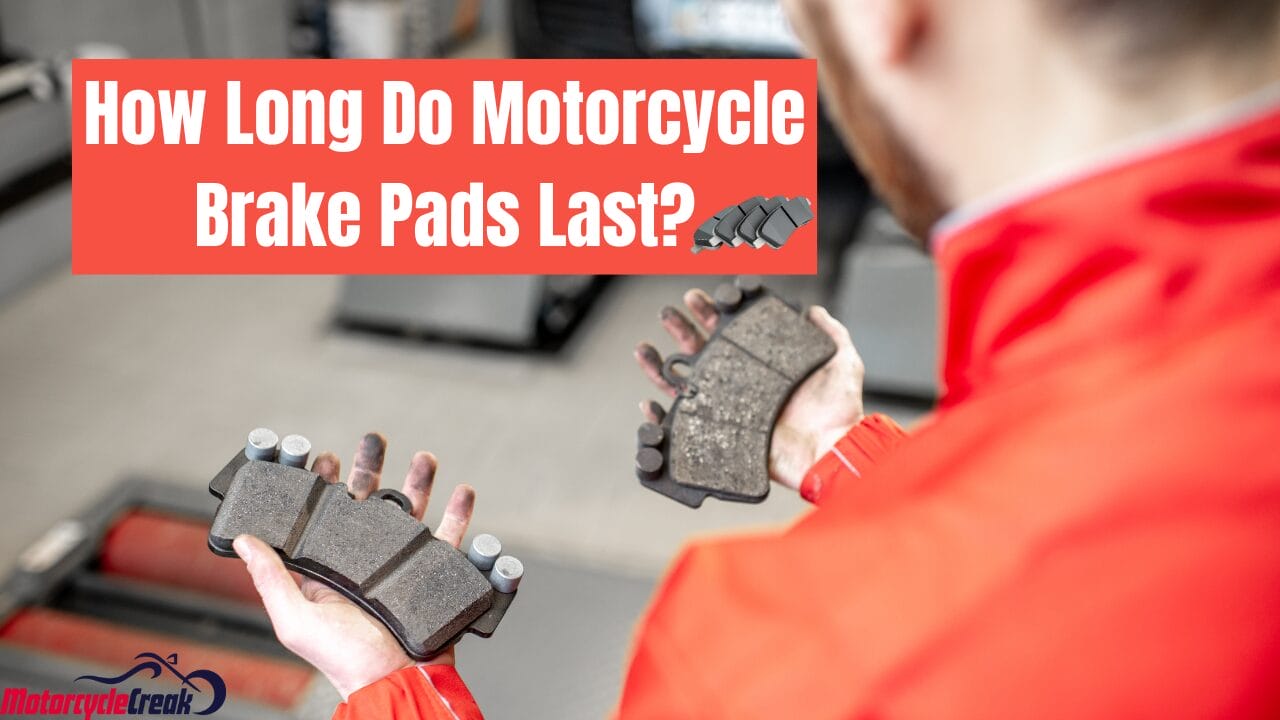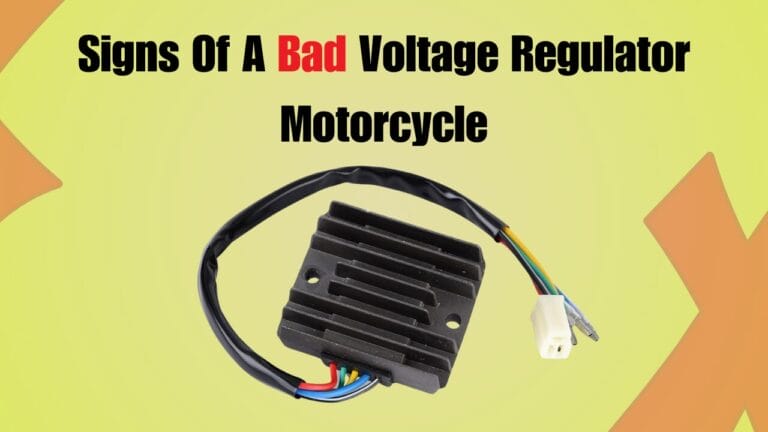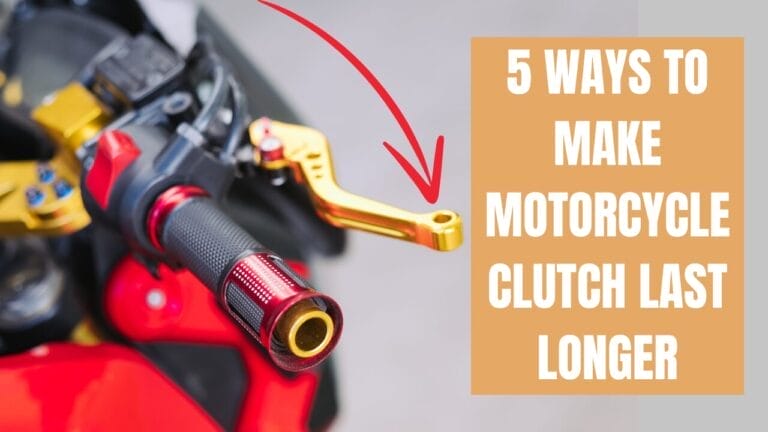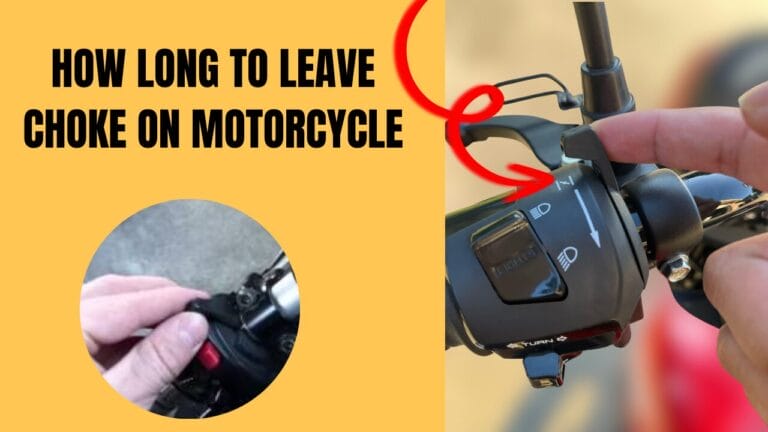how long do motorcycle brake pads last?
Brake pads are crucial for safety and performance, providing friction to stop on a dime. However, like any other consumable part, brake pads have a lifespan and must be replaced periodically. Today, I will discuss the lasting time of brake pads, “How long do brake pads last?” It’s a question with many layers because it depends on riding style, road conditions, and even the kind of pads you’re using. But don’t worry, we’ve got you covered.
In this article, we’ll discuss brake pad life expectancy, the factors that influence it, and, most importantly, how to squeeze more miles out of it. Think of it as a guide to keeping your brake pads from wearing out too soon so you can keep riding without any nasty surprises.
What Are Motorcycle Brake Pads?
Motorcycle brake pads are integral to the braking system, creating the necessary friction to slow down or stop the motorcycle. They are typically made of a composite material designed to withstand high temperatures and provide consistent stopping power.
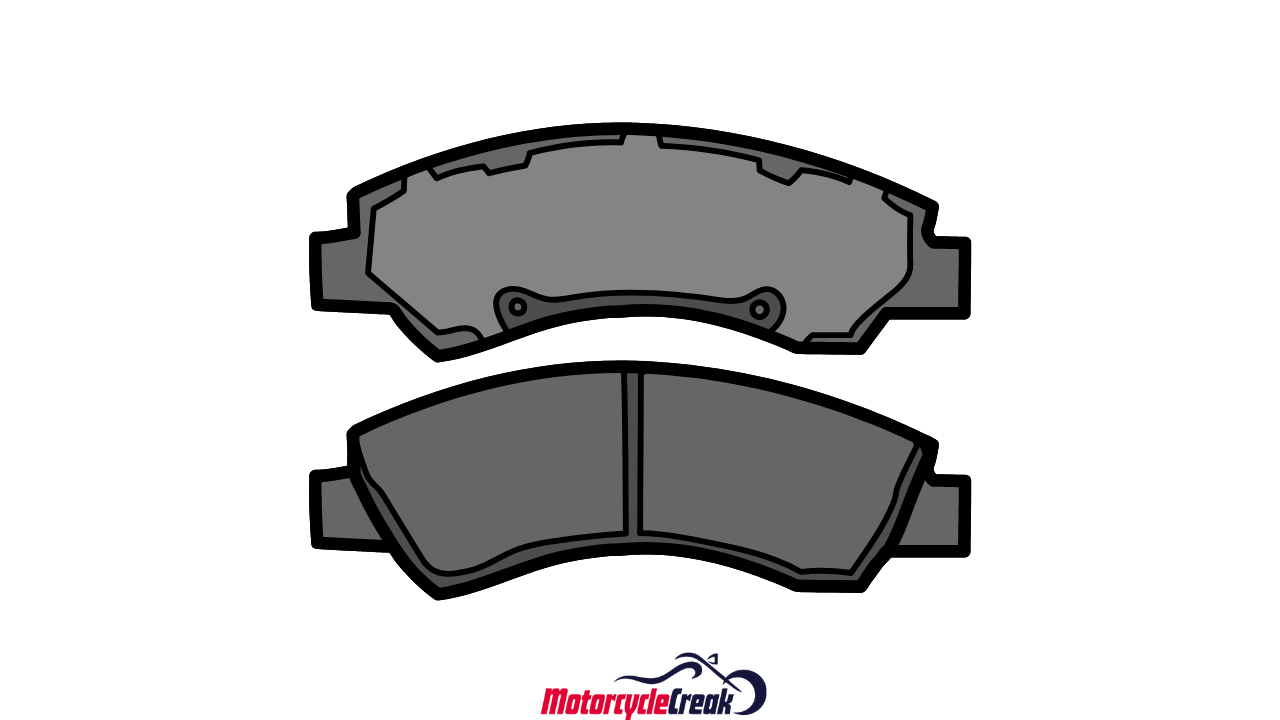
How Brake Pads Works
The braking system of a motorcycle consists of several components, including the brake pads, brake calipers, brake rotors, and brake fluid. When the brake lever or pedal is activated, the brake calipers squeeze the brake pads against the brake rotors, generating friction that slows down the rotation of the wheels and ultimately brings the motorcycle to a stop.
What are the Different Types Of Brake Pads
Choosing the right type of brake pads for your motorcycle is essential to ensure optimal performance and longevity. Different types of brake pads are available in the market, each offering specific advantages in terms of performance, durability, and cost. Understanding the different types of brake pads will help you make an informed decision when the time comes to replace them.

Organic
Organic brake pad, made from a mix of rubber, glass, and resins, offer a softer composition than other types. This organic pad composition tends to provide smoother braking performance with less noise. However, organic brake pads wear out more quickly, especially in high-temperature conditions or under heavy braking.
Sintered
Sintered brake pads are made from a mixture of metallic particles fused under high heat and pressure. They offer consistent and strong braking power, making them suitable for aggressive riding and high-performance motorcycles. Sintered brake pads have a longer lifespan and are more resistant to wear and heat than organic brake pads. However, sintered pad is more expensive and generates more noise and vibration than organic pad.
Semi-Sintered
Semi sintered brake pad is made from organic materials and metallic fibers. They provide good stopping power and durability, balancing the performance of sintered brake pads and the affordability of organic brake pads. They suit various riding styles and conditions, including street and occasional track use. However, semi-metallic brake pads may generate more noise and dust than others.
Ceramic
Ceramic brake pads are made from ceramic compounds and filler materials. They offer excellent braking performance, especially at high temperatures. Ceramic brake pads provide consistent and fade-resistant stopping power, making them suitable for high-performance motorcycles and aggressive riding. They produce less noise and dust compared to other types of brake pads. However, ceramic brake pads are more expensive and may require a longer bedding-in period for optimal performance.
Average Lifespan of Motorcycle Brake Pads
Motorcycle brake pads wear out at different rates depending on various factors. For example, aggressive riders who frequently use hard braking may find their pads wearing out much quicker; in contrast, riders with a more relaxed style who ride on highways or smoother roads might stretch their pads more. Other factors like weather and terrain can also affect brake pad lifespan. For example, riding in wet or muddy conditions accelerates wear due to increased debris and grit. Similarly, city riders who frequently brake in stop-and-go traffic will see faster wear than those cruising on open roads.
The type of brake pads used also plays a role. Organic pads, while quieter, tend to wear out faster than sintered or semi-metallic ones, which are more durable but might be noisier. Ceramic pads, known for their longevity and smooth performance, typically fall on the higher end of the lifespan range.
The average lifespan of motorcycle brake pads is typically between 5,000 and 8,000 km, though this can vary widely depending on riding style, environment, brake pad material, and maintenance. However, you should check it every 3,000km.
Factors That Affect Brake Pad Lifespan
Several factors influence the lifespan of motorcycle brake pads. Understanding these factors will help you determine when to replace your brake pads and take the necessary measures to extend their lifespan.
Riding Style
Your riding style is a big one. If you ride like you’re on a racetrack, constantly braking hard, your pads will wear out quicker than if you’re cruising down the boulevard. Aggressive braking puts extra stress on the pads, and like a rubber eraser, the more you use it, the faster it disappears.
Frequency of Use
It’s simple: the more you ride, the more you brake. If you’re on your motorcycle daily, your brake pads will see much more action than someone who only rides on weekends. It’s like comparing someone who wears shoes to work every day versus someone who only wears them to church on Sundays—the daily shoes are bound to wear out faster.
Environment and Weather Conditions
Weather and terrain play a big role, too. Riding in rainy or muddy conditions can speed up brake pad wear, as the dirt and grime get between the pads and rotors, causing extra friction. It’s like sandpaper on wood—the more grit, the more wear. Conversely, dry, clear roads are kinder to your brake pads.
Type of Terrain
Where you ride also matters. City riders who deal with stop-and-go traffic are constantly on the brakes, while highway riders can go for miles without touching them. If you’re riding in mountainous areas, you’re using your brakes on those steep descents, which can wear them down fast.
Brake Pad Material and Quality
Not all brake pads are created equal. Some are designed for performance, while others focus on longevity. Sintered pads tend to last longer but can be hard on your rotors. Organic pads are softer but wear out quicker. It’s like choosing between fast food and a slow-cooked meal—one is quick and efficient, the other takes longer but is easier on the system.
Motorcycle Maintenance
Regular maintenance can also affect brake pad lifespan. If you need to keep your brake system in good shape with clean rotors and properly functioning calipers, your pads will wear unevenly or get chewed up faster. It’s like driving a car with misaligned wheels—you’ll have trouble.
Signs That Your Brake Pads Need Replacing
Knowing the signs that indicate your old pads need replacing is crucial for maintaining safety on the road.
Here are some common signs to look out for brake pad replacement:
Squealing or screeching noise
One of the most common signs that your brake pads need replacing is a squealing or screeching noise when you apply the brakes. This noise is often caused by worn indicator tabs or grooves on the rear brake pads that come into contact with the brake rotors when worn down. It serves as an audible warning that the brake pads are nearing the end of their lifespan and must be replaced.
Reduced braking performance
If you notice a decrease in braking performance or feel it takes longer to stop, it could be a sign that your brake pads are worn and need replacing. Worn brake pads may provide different friction and stopping power levels, affecting your ability to brake pedal effectively. If you notice a difference in how your brake system responds or feel a spongy or mushy sensation, have your brake pad inspected and replaced with a new pad if necessary.
Increased stopping distance
When brake disc pads are worn, they may not generate enough friction material to slow down or stop the motorcycle efficiently. If you notice that it takes longer to bring your motorcycle to a stop or that you need to apply more pressure to the brake lever to achieve the same braking effect, it indicates that your brake pads need replacing.
Visual wear indicators
Many brake pads are equipped with visual wear indicators, such as markers or wear groove indicators, that can be easily observed without removing the brake pads. These indicators visually represent the brake pad’s thickness and wear. If the brake pad’s thickness is approaching the wear indicator or the wear groove indicator is no longer visible, it is a clear sign that the brake pads need replacing.
Grinding or metal-on-metal sound (indicating severe wear)
When applying the brakes, a grinding or metal-on-metal sound is a severe indication that the brake pads have worn down completely and the metal backing plates are making direct contact with the brake rotors. This can cause damage to the rotors and compromise the overall braking performance. If you hear this sound, stop riding immediately and get your brakes checked.
Tips to Extend the Lifespan of Your Brake Pads
While brake pads will eventually wear out and need replacing, there are steps you can take to extend their lifespan and ensure optimal performance. Here are some tips to help you get the most out of your brake pads:
- Avoid harsh or sudden braking whenever possible. Instead, practice smooth and gradual braking to minimize wear on the brake pads.
- Avoid overloading the motorcycle with unnecessary luggage or passengers, and ensure the total weight is within the manufacturer’s recommended limits.
- Clean the brake system regularly, including the brake calipers, brake rotor, and pads, with brake cleaner to remove brake dust, dirt, road grit, and debris.
- Inspect brake pads frequently for signs of wear, such as pad thickness, wear indicators, or visual wear. Also, check other braking components, including the brake caliper, rotors, and brake lines.
- Invest in high-quality new brake pad from reputable manufacturers. High-quality brake pads are designed to offer better performance and durability, resulting in a longer lifespan.
Closing Words:
Thanks for reading! Remember, your motorcycle brakes are your best friend on the road, so keep them in good shape. If you notice any warning signs, don’t hesitate to check your brake pads and take action. Stay safe, ride smart, and keep the rubber side down! If you have any questions or need more tips, we’re here to help. Happy riding!

